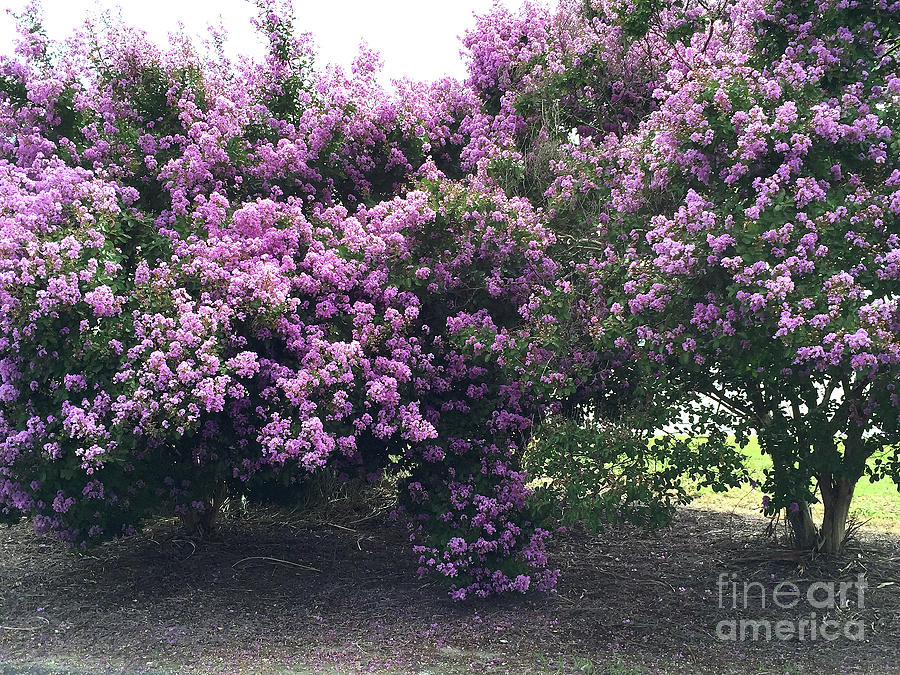
If you like oysters and oyster sliders, the Ordinary makes the best in the city. We specifically recommend ordering the oyster sliders, served on delicious sweet Hawaiian rolls with house-made aioli. It goes without saying that this is a popular romantic date spot.) (For what it’s worth, they also have a great soundtrack, with songs like the Spinners’ “I’ll Be Around” playing in the background. Inside, this staple seafood restaurant dazzles with hand-painted murals, lofted ceilings, and impressive, sparkly chandeliers.Īs one of Charleston’s premiere “low country” restaurants, The Ordinary is a great place to try local oysters, softshell crab, bee snapper, and other coastal delicacies. The Ordinary is one of the buzziest and quintessentially “Charleston” restaurants in the city, located in a former bank on King Street, the city’s main drag for shopping and restaurants. *** Dinner at The Ordinary is anything but. We’ve put a (*) next to the restaurants where you should make a reservation in advance. P.S.: Bookmark this list for easy reference later. Here’s where to eat (and what to see) on your next trip to Charleston, South Carolina. Whether you’re looking for great local seafood or the perfect biscuit (and believe us, there are many) this guide has something for everyone. However, below we’ve also spotlighted several of Charleston’s other must-try restaurants– lesser-known gems that really showcase the flavors and ingenuity of the region.

Either way, the best restaurants in Charleston, like Husk and Fig, are a must on that itinerary. While Summer brings heat and Winter the occasional rain, Spring and Fall are really the best times to visit if you plan to make the most of your time.
#PURPLE TREE CHARLESTON SC FULL#
With azaleas, crepe myrtle, and gardenia in full bloom, the temperate weather and delightful array of special events like the Charleston Wine + Food Festival draw visitors from all over the world to Charleston’s best restaurants. If you do, the Grumpy Gardener might come for you.Spring is one of the best times of year to visit Charleston– South Carolina’s most beautiful port city. Southern Living recommends pruning in winter or early spring to remove crossing branches, basal suckers, et cetera, and not, not, not to cut them down to “ugly stubs each spring,” a practice that seems to be frightfully common. Dwarf forms can be as short as 3 feet tall trees get as tall as 30. Some selections of crepe myrtle grow as shrubs, others can be trained as trees.

The drought-tolerant plant thrives in most kinds of soil as long as it’s well-drained. Crepe myrtle is so named because of the crinkled-paper texture of these blooms, a stimulating contrast with its glossy green leaves. Flowering can begin as early as May, continuing into the early fall. indica blossoms.Ĭrepe myrtles thrive in full sun. On the queen’s crepe myrtle, a single flower can reach up to 3 inches wide, compared to the 1 to 1 ½-inch widths of L. speciosa), meanwhile, according to Southern Living, is “the showiest and most tender of the crepe myrtles.” A lover of the tropics and subtropics, it’s hardy in Zones 10 through 11, blooming across the white/pink/lavender/purple spectrum in June and July. As of late June, blooms are just getting started. The buds are all a-mingle with the blooms.

These hybrids are also known for their especially theatrical bark.

fauriei as a parent are hardier, able to withstand Zone 7’s colder pockets, and are more resistant to mildew. indica‘s many cultivars are hardy in USDA Zones 7 to 10 (and can perish in harsher winters in Zone 7). What it needed was heat and humidity, which Charleston - hovering in the mid-90s this week - has in truckloads. After spotting an almost-dead specimen on a Chinese freighter, André sent samples to his Chucktown greenhouse, and the sensation spread from there.īefore arriving in the U.S., the plant had had a lousy time in England, where mild summers suppressed its blooms. in 1786 by André Michaux (plant adventurer and botanist to King Louis XVI), its entry point was Charleston. Flower clusters, also known as panicles, range from 6 to 18 inches long.Ĭrepe - also spelled “crape” - myrtle is native to China and Korea.


 0 kommentar(er)
0 kommentar(er)
